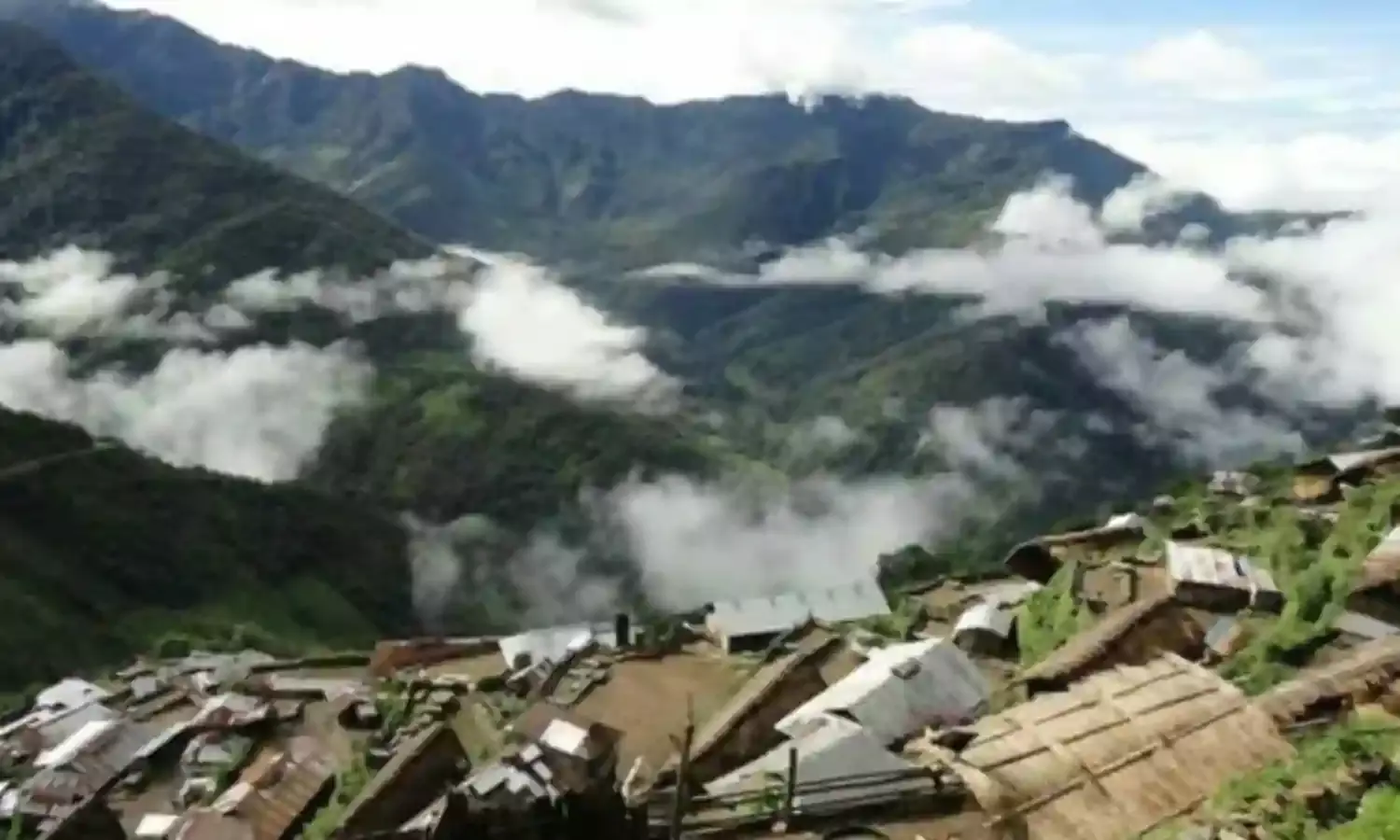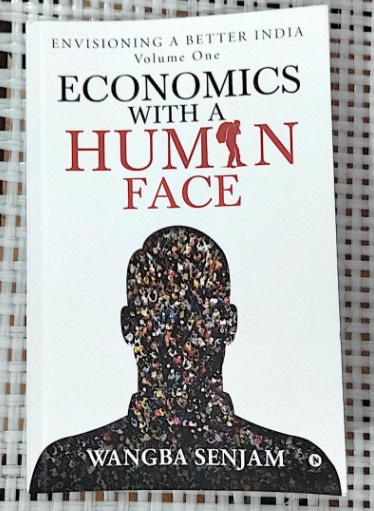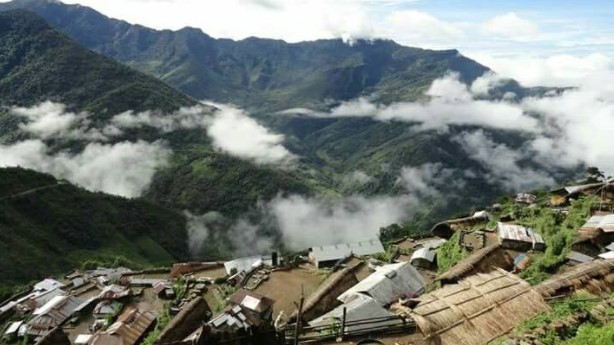Economics with a Human Face: Young Writer Makes a Mark with His First Book
An unusual perspective, deeply felt

This is the first book by Wangba Senjam, a 35 year old writer from Manipur, who has written it in exceptionally difficult circumstances. Despite the difficulties he faced, he makes a strong impression with the originality, freshness and deep sincerity of his ideas.
Senjam’s inclination and ability to think outside the box is evident also in the subjects he has selected for Economics with a Human Face, which go beyond the usual, narrow understanding of economics. The first two chapters help you understand poverty and the way out of poverty in a rather unconventional way. He makes his arguments not on the basis of data from different poverty committees which have been repeated time and again, but on the basis of what he observes in daily life and in this way he comes very close to readers.
The third chapter deals with prisons and crime, and how reform and better economic management can be combined to take prisoners away from crime towards honest livelihood skills.
The next chapter is a devastating critique of the terrible role that gold has played in human history and continues to play in present times too. The fifth deals with the economics of religious rituals and superstitions, and convincingly argues that there is huge wastage inherent in all this. The last chapter of the book is on the economics and technology of reducing high-speed road accidents.
In between we learn a bit about the author, his childhood and family. His father was in the tradition of Congress leaders of freedom movement days. Although on public platforms he shared a seat with chief ministers, MPs and MLAs, his family lived in a thatch house in a village in Manipur. Somehow his mother arranged to send him to an English medium school, but he faced ridicule and taunts on account of his humble background.
Wangba Senjam had an inclination for study, research and writing. Despite facing imprisonment and then being sent to a correctional home he continued his scholarly pursuits, resulting in the publication of this book. Although he did not have access to all the usual means of remaining updated, still he has managed to back his arguments with a lot of lesser known facts and statistics, for example in the chapter on gold.
Although references and anecdotes about the author’s childhood and parents appear only incidentally and very briefly in this book, these have a deeply human quality and it will be good if he can consider the possibility of writing in more detail about his parents and his childhood memories.
He has written on this aspect with a lot of feeling, and his sense of humour also asserts itself from time to time. For example consider this description of Wangba and his parents eating their meal together when he was a child.
His parents of course provide him with the best they could, but in a situation of overall resource constraints, it is not adequate for the growing child and he also eyes what is on the plates of his parents. Before they start eating, they have the habit of keeping a small portion of the food for the deity in a corner. It is this portion kept aside for the deity which the child tries to grab when he can!
On the whole, a very welcome book from a young writer working in very difficult circumstances.

Economics with a Human Face by Wangba Senjam is published by Notion Press, 2021
Bharat Dogra is a journalist and author




